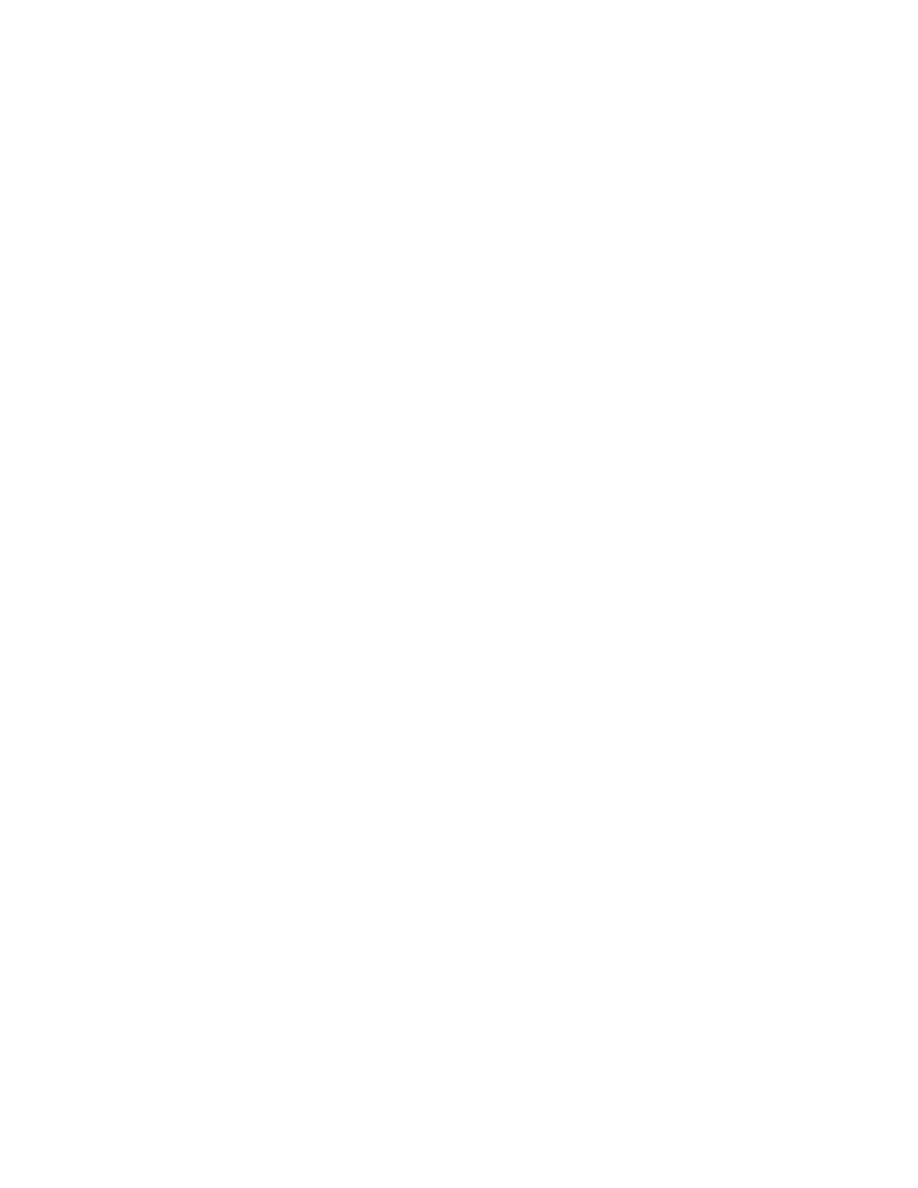
780
14 CFR Ch. I (1–1–14 Edition)
§ 29.952
water at 80 degrees F. and having 0.75cc
of free water per gallon added and
cooled to the most critical condition
for icing likely to be encountered in
operation.
[Doc. No. 5084, 29 FR 16150, Dec. 3, 1964, as
amended by Amdt. 29–10, 39 FR 35462, Oct. 1,
1974; Amdt. 29–12, 41 FR 55473, Dec. 20, 1976]
§ 29.952
Fuel system crash resistance.
Unless other means acceptable to the
Administrator are employed to mini-
mize the hazard of fuel fires to occu-
pants following an otherwise surviv-
able impact (crash landing), the fuel
systems must incorporate the design
features of this section. These systems
must be shown to be capable of sus-
taining the static and dynamic decel-
eration loads of this section, consid-
ered as ultimate loads acting alone,
measured at the system component’s
center of gravity without structural
damage to the system components, fuel
tanks, or their attachments that would
leak fuel to an ignition source.
(a)
Drop test requirements. Each tank,
or the most critical tank, must be
drop-tested as follows:
(1) The drop height must be at least
50 feet.
(2) The drop impact surface must be
nondeforming.
(3) The tanks must be filled with
water to 80 percent of the normal, full
capacity.
(4) The tank must be enclosed in a
surrounding structure representative
of the installation unless it can be es-
tablished that the surrounding struc-
ture is free of projections or other de-
sign features likely to contribute to
upture of the tank.
(5) The tank must drop freely and im-
pact in a horizontal position
±
10
°
.
(6) After the drop test, there must be
no leakage.
(b)
Fuel tank load factors. Except for
fuel tanks located so that tank rupture
with fuel release to either significant
ignition sources, such as engines, heat-
ers, and auxiliary power units, or occu-
pants is extremely remote, each fuel
tank must be designed and installed to
retain its contents under the following
ultimate inertial load factors, acting
alone.
(1) For fuel tanks in the cabin:
(i) Upward—4g.
(ii) Forward—16g.
(iii) Sideward—8g.
(iv) Downward—20g.
(2) For fuel tanks located above or
behind the crew or passenger compart-
ment that, if loosened, could injure an
occupant in an emergency landing:
(i) Upward—1.5g.
(ii) Forward—8g.
(iii) Sideward—2g.
(iv) Downward—4g.
(3) For fuel tanks in other areas:
(i) Upward—1.5g.
(ii) Forward—4g.
(iii) Sideward—2g.
(iv) Downward—4g.
(c)
Fuel line self-sealing breakaway
couplings. Self-sealing breakaway cou-
plings must be installed unless haz-
ardous relative motion of fuel system
components to each other or to local
rotorcraft structure is demonstrated to
be extremely improbable or unless
other means are provided. The cou-
plings or equivalent devices must be
installed at all fuel tank-to-fuel line
connections, tank-to-tank intercon-
nects, and at other points in the fuel
system where local structural deforma-
tion could lead to the release of fuel.
(1) The design and construction of
self-sealing breakaway couplings must
incorporate the following design fea-
tures:
(i) The load necessary to separate a
breakaway coupling must be between
25 to 50 percent of the minimum ulti-
mate failure load (ultimate strength)
of the weakest component in the fluid-
carrying line. The separation load
must in no case be less than 300 pounds,
regardless of the size of the fluid line.
(ii) A breakaway coupling must sepa-
rate whenever its ultimate load (as de-
fined in paragraph (c)(1)(i) of this sec-
tion) is applied in the failure modes
most likely to occur.
(iii) All breakaway couplings must
incorporate design provisions to vis-
ually ascertain that the coupling is
locked together (leak-free) and is open
during normal installation and service.
(iv) All breakaway couplings must in-
corporate design provisions to prevent
uncoupling or unintended closing due
to operational shocks, vibrations, or
accelerations.
(v) No breakaway coupling design
may allow the release of fuel once the
VerDate Mar<15>2010
10:12 Mar 18, 2014
Jkt 232046
PO 00000
Frm 00790
Fmt 8010
Sfmt 8010
Y:\SGML\232046.XXX
232046
pmangrum on DSK3VPTVN1PROD with CFR